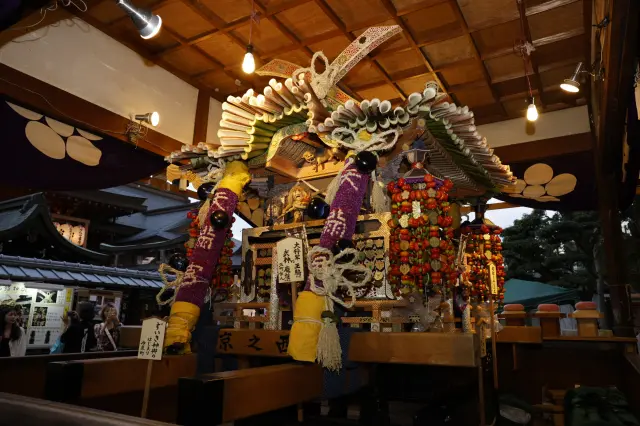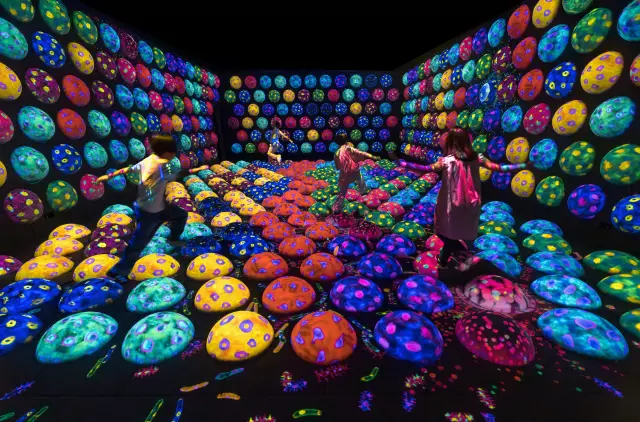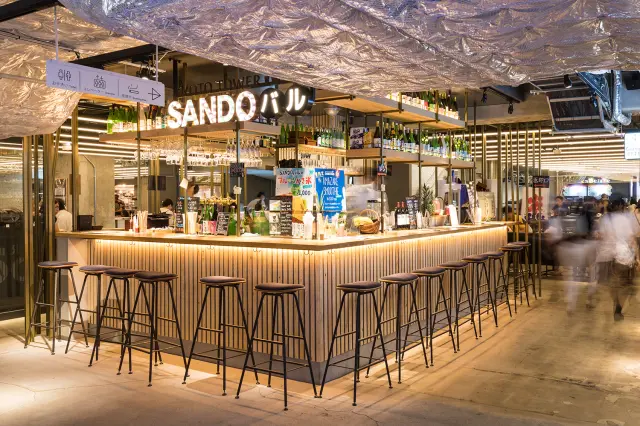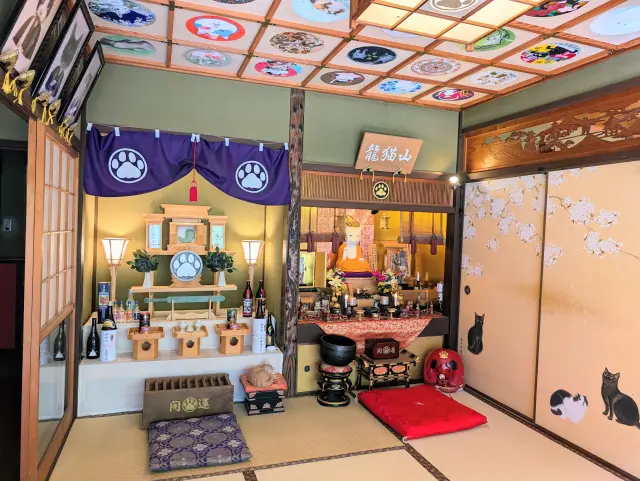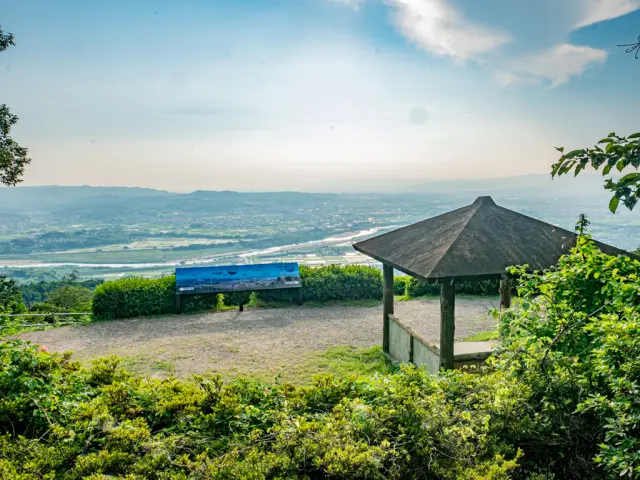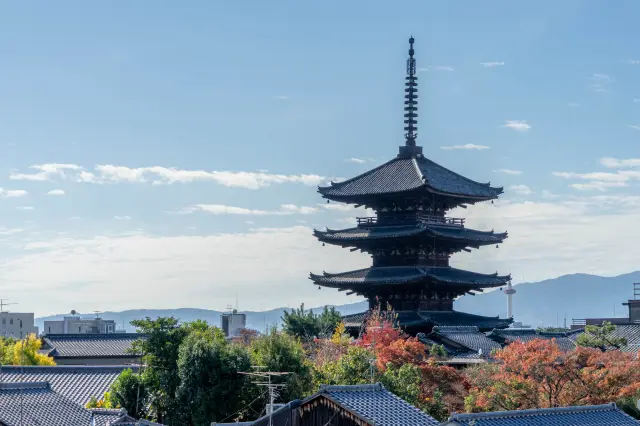Perfect for anyone who loves slow travel and wants to experience traditional Japanese culture.

Verified [Verified] denotes information that has been published with confirmation of its owing parties.
Awata Matsuri
A millennium-old autumn festival at Kyoto's Awata Shrine.
Awata Matsuri is the largest annual festival at Kyoto’s Awata Shrine, founded during the Heian period. This sacred autumnal event is held to ward off epidemics and disease, includes several rituals: the Shinko-sai (Procession Festival) and Kanko-sai (Return Festival) held annually on Sports Day (second Monday in October), the preliminary Shutsugyo-sai, the preceding night’s impressive Yowatari Shinji, and the main festival held on October 15th. Collectively, these events form Awata Matsuri.
With a history spanning over 1,000 years, Awata Matsuri remains a historic-class event. Many have noted the festival’s class high enough to stand in when the Gion Festival could not be held over the Muromachi Period.
Catch a glimpse of the Yowatari Shinji night parade to find “Awata Daitoro” massive illuminated floats that are often likened to the famed Nebuta floats. These vibrant lantern floats, created by students from Kyoto University of the Arts, dramatically light up the nighttime streets.
Shinko-sai is one even that features elaborately decorated sword-like festival works called Kenboko, considered the original form of the floats now seen in the Gion Festival, are carried through the streets alongside ornate Kyoto-style portable shrines (mikoshi) dating from the late Edo period. Parishioners known as Kensashi carry these heavy ceremonial swords, which measure around 7–8 meters and weigh between 40–60 kg each. See as the punctuated rhythmic of chiming bells rings in a full spectacle delight.
Highlights
-
An approximately 1,000-year-old traditional festival at Kyoto’s Awata Shrine.
-
Held annually on October 15, as well as on Sports Day (second Monday of October) and the two preceding days.
-
The Yowatari Shinji features a parade of large illuminated floats (Awata Daitoro) created by students from Kyoto University of the Arts.
-
The procession of ceremonial swords (Kenboko) is considered the original form of the floats now used in Kyoto's famous Gion Festival.
Photos
-

Portable shrines (mikoshi), crafted in the late Edo period, parade through the town.
-

The Shinko-sai procession features ceremonial sword-like implements (Kenboko), each measuring approximately 7–8 meters.
-

Illuminated floats (Awata Daitoro) displayed during the nighttime Yowatari Shinji procession.
-

Awata Shrine, the festival’s historic venue.
Reviews
Some reviews are AI-translated.
Details
- Name in Japanese
- 粟田祭
- Postal Code
- 605-0051
- Location
- Awata Shrine(1 Awataguchikajicho, Higashiyama-ku, Kyoto City, Kyoto)
- Telephone
- 075-551-3154
- Schedule
- October 11th to 13th, 15th, 2025
- Access
- About 7 minutes walk from Subway Tozai Line’s Higashiyama Station or Keage Station.
- Official Website
- Official Website (Japanese)
Check also...
Please cooperate with this survey.
Thank you for your cooperation with the survey.
Recommended for you
-
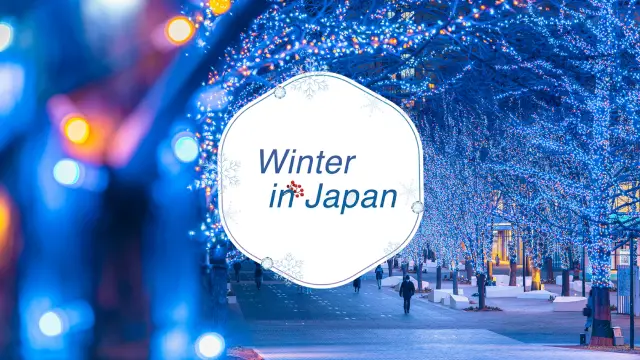
Winter in Japan 2025
-

The Complete Guide to Ichibankuji
-

Top Recs for Niche Travel in Japan
-

Mt.TAKAO+one
-

Prince Snow Resorts Feature
-

7 Tips to Dig into the Best of Gotemba
-

Unique Experience in Kansai
-

The Best of NIPPON47
-

Kansai’s Hot Springs
-

A Guided of Bridge Connecting Honshu and Shikoku
-

Kagoshima Responsible Tourism
-

Exceptional Japan Finds

